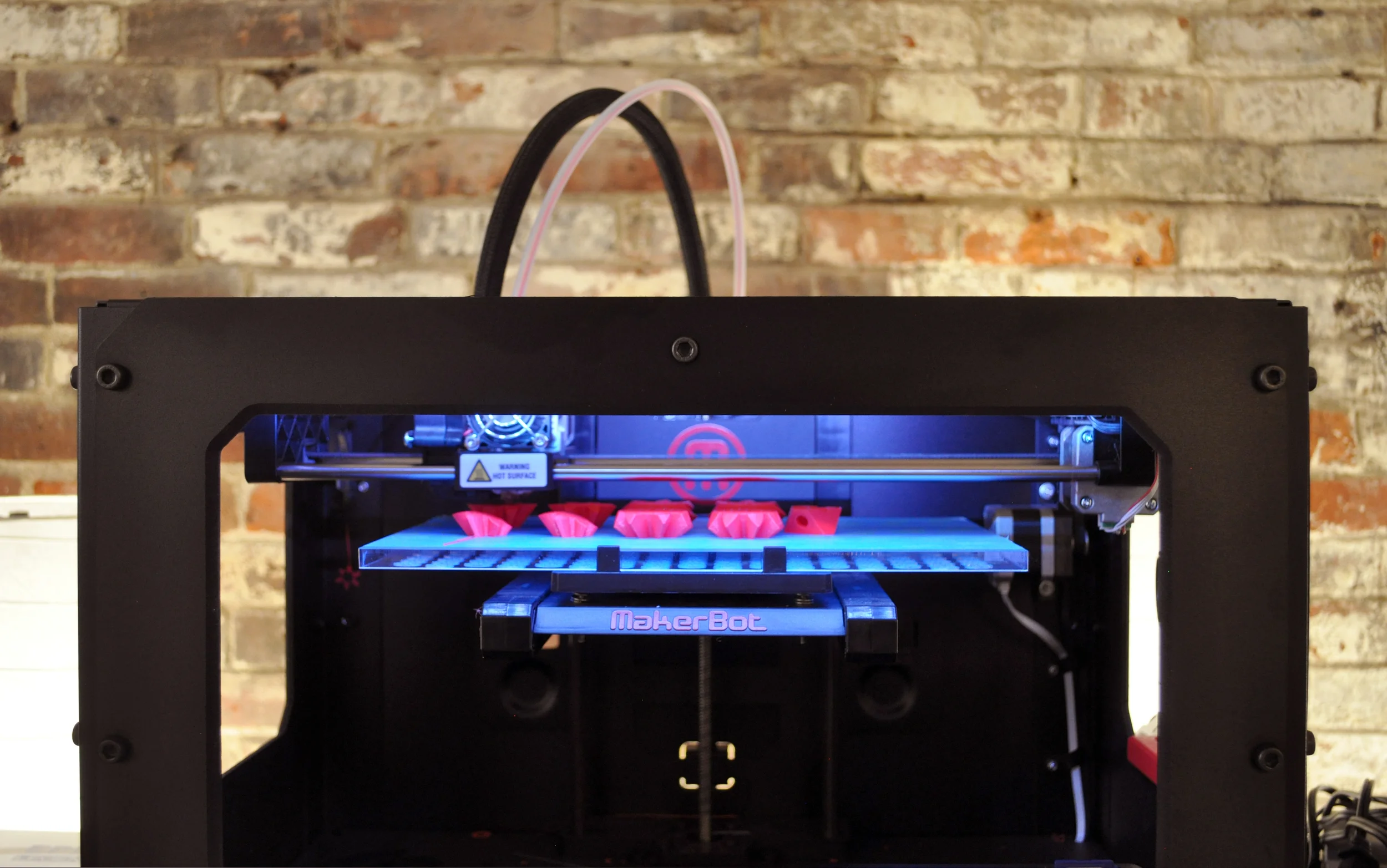Rapid prototyping is a core human-centered design skill. Design that Matters uses prototypes to better communicate with stakeholders across languages and cultures, quickly testing assumptions...
DtM CEO Presents at TEDxBoston, Broadcast Live on WBUR
DtM CEO Timothy Prestero gave a talk titled "From One to Many: How can a few people on a shoestring budget save half a million lives?" Lots of founders can tell you the story of their first big success...
Essay #5: Cultivating Design Mind: Making the Shift from “I like the color” to Creating Globally-Appealing Products
Essay #4: Going Above and Beyond: Why FDA Approval Doesn’t Mean Equipment is Safe for Developing Countries, and What to Do About it
Does United States FDA regulatory approval mean a medical device is safe and effective in low resource settings? The short answer is no. In developing countries, 95% of western medical equipment...
Essay #3: Design for Everyone is Design for No One: How Focus Leads to Bigger Impact
Essay #2: Considering Green in Every Invention: Saving Babies and the Environment Using Human-Centered Design
Essay #1: What a Difference Design Makes: Four Customer Insights that Turned a Prototype into a Bestselling Product
Design that Matters and The Lemelson Foundation Launch “DtM Shares: Lessons from the Design and Launch of Firefly Phototherapy”
DtM CEO Presents Global Health Data Service Concept at O’Reilly’s Solid Conference
On May 22, DtM CEO Timothy Prestero spoke on the main stage at the inaugural O’Reilly Solid Conference, created to explore the oncoming convergence of hardware and software. Tim used Firefly phototherapy to illustrate why devices designed for high-income countries don't work and what to do about it. Thanks to DtM intern David Solomon and DtM volunteer Galia Traub, Tim demonstrated communication between a mock-up global health device and an app using mobile networks. DtM’s proof of concept is the beginning of a data service that could dramatically improve global health impact in developing countries.
This novel data service would allow us to track the operational status of medical equipment in developing countries: which devices aren't being used (suggesting a need for more training), and which devices need maintenance. We could use this service to preferentially track those devices that have the greatest potential social impact and represent the greatest environmental impact if they are discarded. This would allow the most efficient application of a country's limited resources for medical device servicing and repair.
DtM intern David Solomon used arduino, a GPRS shield, and an SIM card to create hardware capable of sending data from a medical device’s internal computer to a data management app through mobile phone networks.
DtM volunteer Galia Traub used Herokuapp and to create an app that can receive information from a device, and then format it into meaningful actionable data. Dummy data appears here for the purpose of illustration.
About the O’Reilly Solid Conference
Physical things—machines, devices, components—are about to experience a profound transformation. The Internet fundamentally changed how software is developed and deployed, and now hardware is on the brink of a similar disruption. Industry is realizing that smart, networked machines can bring them the efficiencies and new capabilities to do more, faster and cheaper. Devices from thermostats to jet engines that were once strictly mechanical are now seamless blends of hardware and software—packages of microcontrollers, sensors, and, above all, networked software that can ingest lots of data, understand context, and make intelligent decisions. Hardware and software are fusing into a single fluid entity. This collision of software and hardware is fueling the creation of a software-enhanced, networked physical world.
Anything from an Uber car to a railroad locomotive can be sold as a service, provided that it’s adequately instrumented and dispatched by intelligent software. Good data from the physical world brings about efficient markets, makes cheating difficult, and improves quality of service. And it will revolutionize business models in every industry as service contracts replace straightforward equipment sales. Instead of owning an air conditioner and buying electricity from a utility to run it, a homeowner might let the utility own the air conditioner and just buy a contract to keep her house at 72°, giving the utility an incentive to invest in more efficient equipment, while creating economies of scale.
Our guiding principle is to give our audience a visceral feel for this world of combined hardware and software. We're going for something that feels less like a conference, and more like a miniature World's Fair Exposition with talks.
Tim’s talk at Solid is part of DtM's series sharing lessons learned from the design and launch of Firefly phototherapy. This series is made possible with support from The Lemelson Foundation in celebration of 20 years of improving lives through invention.
DtM and CAMTech Partner for Healthcare's Grand H@ckfest
The DtM team served as a mentor and partner for Healthcare's Grant H@ckfest. This 48-hour hackathon was hosted by MIT H@cking Medicine, the Kauffman Foundation, and CAMTech. Elizabeth gave a keynote to the more than 350 students, young entrepreneurs, engineers, and medical professionals, using the story of Firefly to illustrate the importance of developing a focused project statement.
During the pitch sessions, DtM presented a new project idea -- a system for connecting medical devices such as Firefly to donors, hospitals, NGOs, and service technicians via sms text message. Our hackathon team, “DataWings for Firefly,” created a working data visualization prototype that won an athenahealth award. The DataWings team was so inspired by the experience that they will continue to work on the project in hopes of creating a proof of concept that we can present during 2014.
Elizabeth's talk at Healthcare's Grand H@ckfest is part of our series sharing lessons learned from the design and launch of Firefly phototherapy. This series is made possible with support from The Lemelson Foundation in celebration of 20 years of improving lives through invention.
Coming Soon: Lessons from the Design and Launch of Firefly, with Support from the Lemelson Foundation
During Summer/Fall 2014, we look forward to presenting a series of essays sharing the lessons learned designing and launching Firefly Newborn Phototherapy. This blog series is made possible with support from The Lemelson Foundation in celebration of their 20-year history of improving lives through invention.
With visionary support from The Lemelson Foundation 2011-2013, Design that Matters formed a partnership with East Meets West Foundation and Vietnamese manufacturer Medical Technology Transfer and Services to design, test, manufacture, and deliver innovations to serve the needs of poor communities around the world. Our first product is Firefly Newborn Phototherapy, a world-class technology to treat newborns with jaundice.
Firefly has won many awards including the Edison Award Gold, the top Spark! design award, IDSA IDEA Silver, and was featured in the October 2013 Fast Company Innovation by Design Award issue. Firefly is listed in the 2013 World Health Organization Compendium of Medical Devices highlighting the most innovative health technologies for low resource settings.
As of June 1 2014, Firefly devices have treated over 3,000 newborns in Vietnam, Myanmar, Cambodia, East Timor, Thailand, Malaysia, and Ghana. Together, we expect to distribute at least 1,000 Firefly devices, reaching over 500,000 newborns.
Design that Matters would like to express our sincere thanks to our Firefly project partners the East Meets West Foundation and Vietnamese manufacturer Medical Technology Transfer and Services. Their partnership made Firefly possible.
Additional thanks to Firefly’s lead donors: The Lemelson Foundation, The van Otterloo Family, Bohemian Foundation, an anonymous donor, ANT Italy - Friends of Trento Neonatology, The Autonomous Province of Trento, Italy, and Martin and Debbie Hale.







